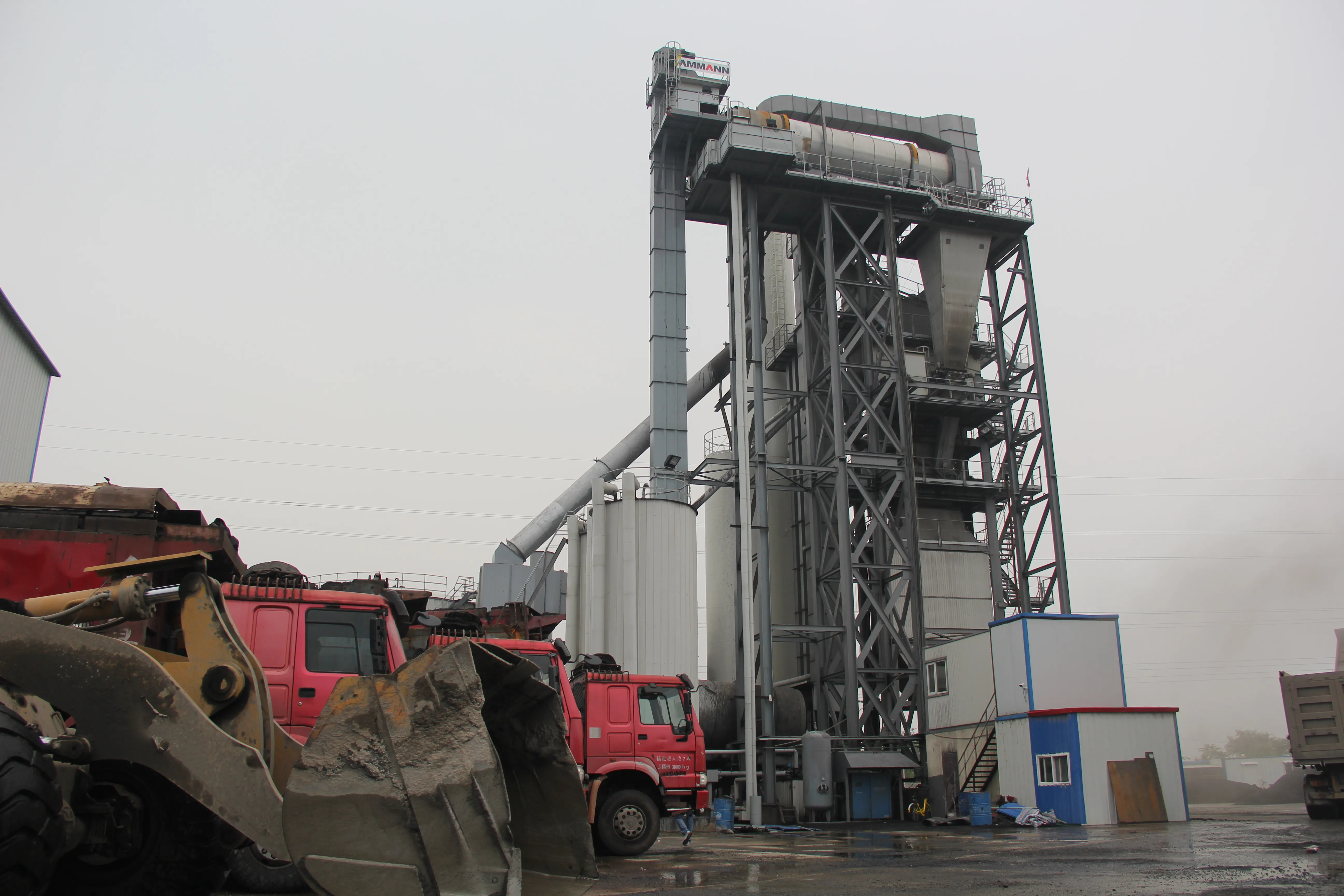
The contactor building the replacement Champlain Bridge in Canada has hit back over of allegations of poor workmanship in the US$3.3 billion project.
The new 3.4km cable-stayed Champlain Bridge over the St Lawrence River will have six lanes vehicle lanes and a separate cycle and pedestrian lane. Design life is 125 years and is being constructed under a public-private partnership and operating contract of 30 years after completion of construction.
Work includes construction of a smaller bridge for Île des Soeurs - Nun’s Island - and widening Autoroute 15 through the centre of Montreal.
Infrastructure Canada, an agency of the federal Canadian government, is the client. Construction started in June 2015 and the bridge is on target for opening in December next year, according to SSL. Annual traffic is estimated to be round 60 million vehicles because the bridge is part of a major route into the US.
Recent media reports have suggested the SSL has had problems with poor welding, misaligned holes on steel sections and cracked steel plates.
Daniel Genest, director of co-ordination for the project, said all material meets strict quality standards. Most of the material is being built in factories in the Quebec province cities of Trois-Rivières, Quebec City, Terrebonne and also in Madrid, Spain. Genest said every piece that arrives on site is thoroughly inspected by engineers working for subcontractors.
Further inspections are carried out by an independent engineer hired by Infrastructure Canada and SSL. Infrastructure Canada also does testing on some material in its own lab.
Genest acknowledged that inspection had found problem with some material but the vast majority were minor and easily corrected.
He said that there were around 3,000 reports of “non-conformity” to standards of which 2,500 were related to the bridge and the rest to a section of Autoroute 15. There were 82 parts identified as having major defects, Genest said.
“It’s normal in the sense that if you don’t have [non-conformity reports] in place, it means you don’t have a good quality-control system,” he said.
SSL includes: SNC-Lavalin, ACS Infrastructure, Dragados Canada, Flatiron Constructors Canada and EBC. TY Lin International is lead designer.
The old steel truss and cantilever Champlain Bridge opened in 1962 after five years of construction. Traffic on the six-lane 3.4km structure is around 160,000 vehicles a day. It was built by Atlas Construction, McNamara (Quebec), Key Construction, Deschamps & Bélanger and the Dominion Bridge Company.
In 2013, one lane was closed after a crack was discovered in the superstructure. During emergency repairs, the crack enlarged and a second lane was closed, forcing consideration of building a replacement bridge.









